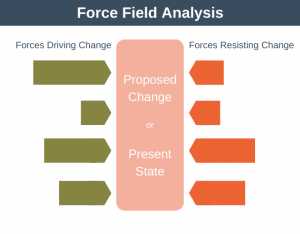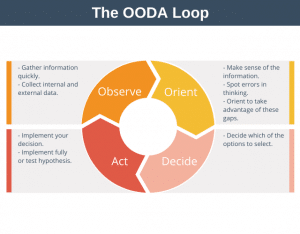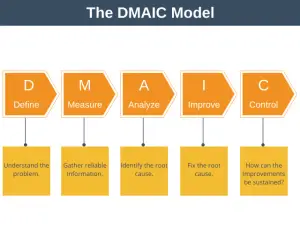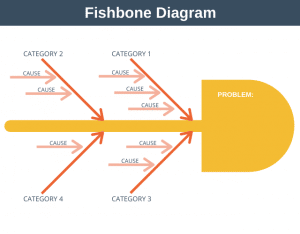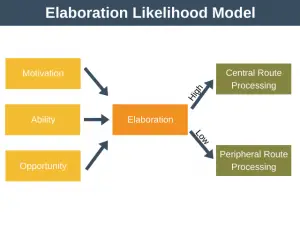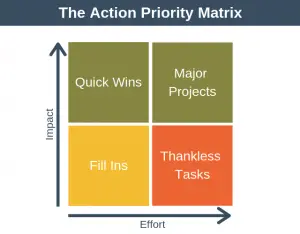Do you often feel like you’re in firefighting mode, dealing with a constant stream of urgent issues? Or, do you feel like you’re spending too much time on the wrong tasks, so that whilst you’re getting a lot done you’re not really accomplishing anything of real significance? If either of these situations is familiar to you then the Eisenhower matrix could help.
Who Was Dwight Eisenhower?
By every measure, Dwight Eisenhower was a very successful man. He was twice president of the United States. Before this, he was a five star general in the United States Army, and during the Second World War was Supreme Commander of the Allied Forces in Europe.
As if this wasn’t enough he also found the time to be the first Supreme Commander of Nato and served as the President of Columbia University for a time. He was even made an Honorary Fellow of The Metropolitan Museum of Art (MoMA) for his efforts to retrieve art taken by the Nazis during World War Two.
You can learn more about Eisenhower here.
The Eisenhower Matrix
The Eisenhower Matrix is a time management tool which can help you to be more productive. It does this by categorizing and prioritizing your tasks or to-do list. Sometimes you will also see the tool referred to as the Eisenhower Box or the Eisenhower Decision Matrix. The tool came about because of this quote attributed to Eisenhower:
WHAT IS IMPORTANT IS SELDOM URGENT AND WHAT IS URGENT IS SELDOM IMPORTANT
Dwight D. Eisenhower
From this quote, the Eisenhower matrix was developed where using the tool you segment your tasks into four categories.
- Urgent and important: you do these tasks immediately.
- Important, but not urgent: you schedule these tasks for later.
- Urgent, but not important: you delegate these tasks if possible.
- Neither urgent nor important: you eliminate these tasks if possible.
An Eisenhower matrix is shown below. Using the model couldn’t be easier, you simply place each of your tasks into one of the four quadrants.
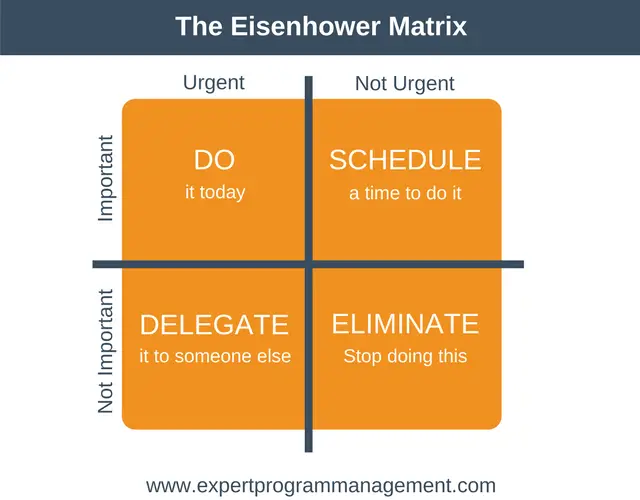
Let’s look at some examples of tasks that might belong to each of the different quadrants.
1. Do It Today
These are tasks that are both important and urgent that you need to get done immediately. Some examples of tasks that are both urgent and important include:
- Completing your online tax return on the day it is due.
- Handling an angry customer.
- Handling an urgent request from your boss which needs to be started today.
- Writing a report with a tight deadline.
- Giving a product demonstration to a potential customer.
Because these tasks are both important and urgent you need to get them done as soon as possible. One technique that can be useful to keep yourself focussed on each task is to use a Pomodoro timer.
2. Schedule
These are tasks that while important, do not need to be done immediately. Some examples of tasks that which are important but not urgent include:
- Developing your network.
- Updating the organizational strategy.
- Researching competitors.
- Performing planned project work.
- Completing an employee satisfaction survey.
- Continuing your professional development.
You’ll want to schedule these tasks into your calendar to be done later so you don’t forget them.
3. Delegate
These are tasks which are unimportant but which do need to be done immediately. Some examples of these tasks include:
- Booking flights and hotels.
- Completing your online tax return well in advance of its due date.
- Paying invoices.
- Meetings without an agenda or desired outcome.
- Low priority emails.
- Household chores.
You should try to delegate as many of these tasks as possible, as although they need to be done they aren’t moving you towards your goals (or the organization towards its goals).
Some people struggle to understand this quadrant, for example, they may argue that booking a flight is both important and urgent because if it doesn’t get done then you might lose the chance to sign an important client.
A way to avoid confusion and a better way to think about this quadrant, is by asking, “Is it important that this task is done by me?”. Clearly, it may be important for you to attend the client meeting, but it isn’t important for you personally to book your flight to get to the meeting.
Pro Tip
In an office environment, pointless meetings can be a real time sink. For every meeting request you receive, don’t automatically accept the request. Instead, consider if you need to be there at all, and also whether there is someone who could go in your place.
4. Eliminate
These are tasks that are neither important nor urgent. Essentially these are the things you do that are simply a waste of time. Examples of tasks which fall into this category include:
- Browsing facebook.
- Reading news sites.
- Changing your desktop background image.
- Gossiping with colleagues.
- Aimless internet browsing.
Although these “escape activities” are unnecessary, you may not want to eliminate them completely, for example, office gossip can be useful up to a point, and keeping abreast of current affairs may also be useful to a point.
The point here is to change the way we perform these tasks so that we are more mindful when we do them. This simply means to plan them into your day rather than doing them to escape, for example, maybe you allow yourself 20 minutes each lunchtime to browse the news as you eat lunch. This is a more considered way of reading the news than random browsing throughout the day.
A Completed Eisenhower Matrix
In the diagram below you can see an example of what someone’s Eisenhower matrix might look like for today:
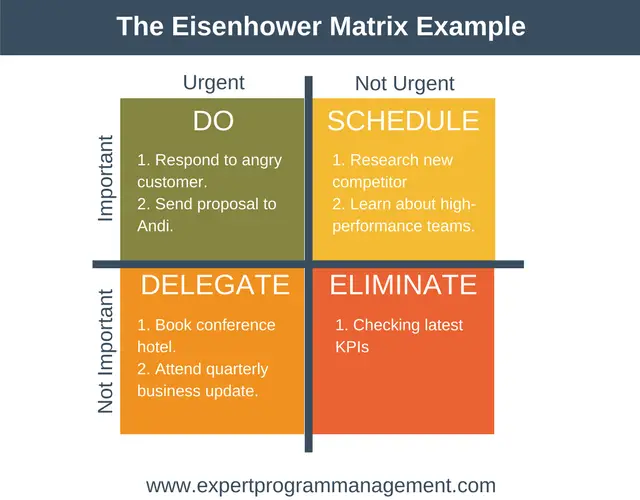
As you can see the diagram has been color coded to make it easier to understand the importance of each task.
Work on the Right Things
Even though the Eisenhower matrix can help us prioritize our tasks it isn’t foolproof. If you don’t have defined goals then it becomes really difficult to determine if something is important or not.
So, if you’ve been trying to implement the Eisenhower matrix but failing then you may need to revisit your goals.
Read More: in our guild to goal setting.
Eisenhower Matrix: Summary
The Eisenhower matrix is a simple tool which can help us to be more productive. It does this by categorizing our tasks into one of four categories: do immediately, plan for later, delegate to someone else, and stop doing.

